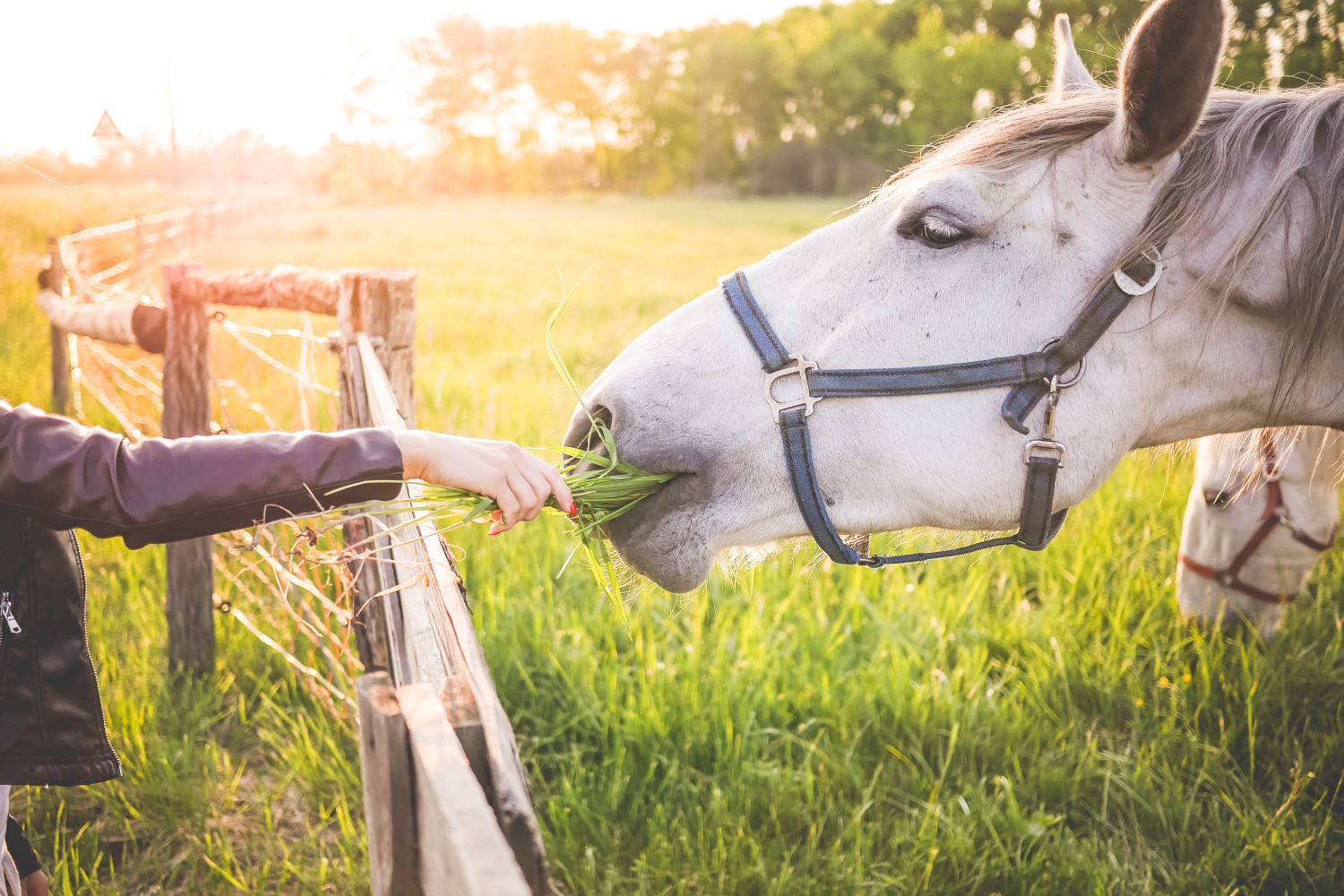Learning something new can be challenging. We tend to forget that we once had to learn everything we now take for granted — walking, talking, feeding ourselves, riding a bike, etc. Sometimes we can become disheartened by how long it’s taking to learn that new knowledge or skill, and it seems like we will never get there — until the day we do.
It’s not the disheartened moments that are the most challenging. I think the bigger challenges come when we gain more confidence, but we are not yet fully capable. This is the point in time when we experience what I’ve taken to calling “confidence injuries” — let me explain.
A Broken Toe and Bruised Arm
A little over 20 months ago, I started doing aerial circus, my preference is static trapeze. I was 42 years old, and very unfit at the time, so it took quite a few months for me to do anything on my own, let alone anything with confidence.
But around the beginning of this year something changed, my confidence increased… and that’s when the injuries started.
Over the span of a month I broke a toe getting on the trapeze, then got a very bad rope burn/bruise recovering from a near fall from the trapeze. My instructor, Adie, said it was common for injuries to increase when people became more confident — and like so many other things from aerial circus, this made me think about life in general.
Think about it, confidence injuries are a part of our lives; when we become confident we are willing to take bigger risks.
When a toddler becomes confident enough to take steps without the assistance of furniture, they will undoubtedly stumble and fall more often — sometimes hitting obstacles on the way down.
It’s Not Just Physical Activities
When you are confident enough to ask someone out, or tell them that you love them, you open yourself up to more emotional injuries. When you are more confident about your skills you might apply for a higher level job, and risk the rejection. And if you are confident enough to leave paid employment and become a freelancer? Well the world can be a series of rejections and setbacks.
Confidence injuries are all part of the learning process — physical, mental and emotional. Think about the last time you learned something new, and you became confident with that knowledge or skill:
- Did it lead to you taking risks?
- Did your first tentative steps into that new confidence turn out well?
- Did you end up with a confidence injury of any kind?
It needn’t be a broken toe or physical injury. It could be a bruised ego, a beating from your inner critic, a broken heart, or a range of other embarrassing and confidence-depleting experiences.
The more important next question is, did you allow that confidence injury to get in the way? Did you allow it to stop you from pursuing that knowledge or skill further?

Pushing Through the Injuries
There is a lot of advice in the world about pushing yourself outside your comfort zone and trying new things, and I agree you should do that (often). But there is a second part to that message that I don’t think we talk about.
If you want to truly acquire knowledge and skills, and not just have experiences, you must be willing to push yourself beyond the confidence injuries.
Learning is not a linear path of improvement. At each step in the learning process, you will gain confidence in your newly acquired knowledge/skill. Each boost in confidence is a willingness to take greater risks or simply forget to focus on the basics — which is where the errors and injuries can occur.
The trick is to not allow the injuries to limit you. Because it’s easy for these confidence injuries to turn into setbacks, making you more tentative and disheartened about continuing. When it’s a physical skill we talk about ‘getting back on the horse’, making sure you don’t allow that confidence injury to affect your progress and spook you too much. We need the same approach to mental or emotional confidence injuries as well.
I think it’s harder with emotional injuries, where no one can see the scars and bruises. I know the confidence injuries that involve my ego, inner critic and emotional wellbeing have a far greater impact than the physical injuries. After all, we proudly display the scars and injuries from physical actions, but we rarely discuss our emotional scars.
A Method to Maintain Your New Confidence
I’ve thought a lot about this lesson from aerial circus, one of many that I’ve learned in the last 20 months (there’s a whole other post here). Mostly, what I’m trying to resolve is how I can take the risks but not let the injury dent my confidence.
The next time you experience a confidence injury, make sure you focus on getting ‘back on the horse’. I use the following prompts to help me, especially when the injury is particularly damaging:
1. Assess what went wrong — if another person was involved then ask them, don’t make assumptions. Did your focus slip? Did you try something new? Did you not apply the knowledge/skills the right way?
2. Consider how you might improve that skill or application of knowledge to prevent future injuries.
3. Remember how confident you were just before you failed — this is the most important part.
4. Try again! As soon as it is safe or practical to do so.
Does it work all the time? Nope, not even close. But it helps, and every nudge towards a positive response to injury or failure is progress. After all, I’m still learning how to be kind to myself; a skill I never thought I would possess, but one that is essential to thriving in a learning mindset.
Embrace your confidence injuries — even the emotional ones! They are proof that you are learning, and can be an important part of the process. Sure, you can learn without them, but they can enhance the experience of learning as well.
Originally published at medium.com


